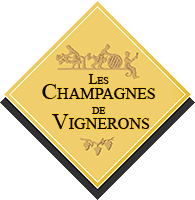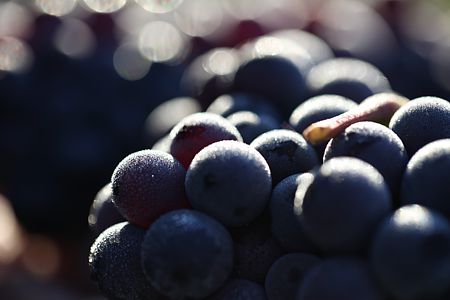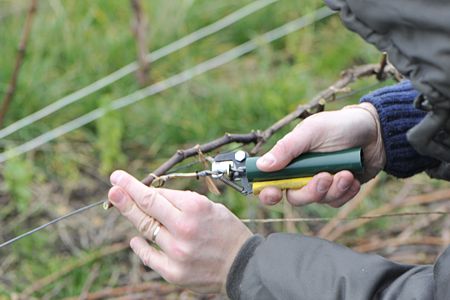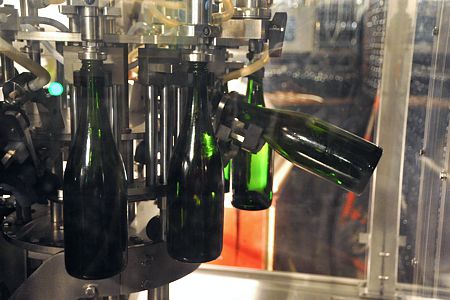 Champagne Couvreur Prak
Champagne Couvreur Prak

Traditional skills at work




A champagne of winemaker
The Champagne AOC (Protected Geographical Indication) has been protecting age-old skills since 1936. It guarantees the conception of an exceptional product: Champagne!
As "Récolant-Manipulant" winegrowers, we make it our priority to perpetuate the skills passed down from generation to generation, always remaining very respectful of the "champenoise" tradition. We personally carry out every production stage for our champagnes, from vine cultivation to sales, so as to absolutely guarantee quality champagne, representative of our terroir and passion.
Vine cultivation
Good champagne is born out of good grapes.
Isabelle and Sombath comply by the Champagne AOC criteria (Protected Designation of Origin).
In January, pruning begins with a period of manual and mechanical pre-pruning. The vines get cut back a little before the actual pruning takes place in mid-February. The actual pruning then follows the vegetative cycle of the various grape varieties: white then black.
Come March, binding is the next step in vineyard farming. The vines are then guided, bent and tied up, with precision and rapidity. Sombath is attentive to detail and along with a taste for technology, he shows immense determination in tending towards perfection.
Month after month, depending on the vine's growth, the couple of winegrowers perform the disbudding of the vines on a regular basis. A tedious albeit essential technique in their opinion, since it is the solution for selecting the only buds which will provide grapes for wine.
Finally comes Autum and the season of harvest. It is the result of our daily work in the vineyards, and it is always performed in the best possible atmosphere!

Harvesting and pressing
Every member of the family is present for the harvest, yet helped by a team of seasonal grape pickers. We harvest entirely manually, as Champagne tradition has it. The objective here is to pick whole clusters and preserve them whole until they arrive in the press, with the effect of preventing the grape flesh from touching the skin, so that it preserves its white colour.
Champagne is produced with pulp only, so extracting the juices is always a gentle and progressive process. As the intact grapes get to the press, they are divided according to their variety and growth quality (cru), so they can each retain their very own analytic and organoleptic characteristics.


Wine-making
Immediately after pressing, the musts are identified and placed in the vats. The slow process of vinification begins, requiring patience and expertise.
The first fermentation sees the transformation of grape juice into wine thanks to the natural yeasts and sugar present in the musts. Malolactic fermentation follows, helping future wines be less acidic and suppler. After the settling stage, the wines rest in the vats for two to three months, before being blended.
Blending is a very important step for champagne wines. "Clear wines" are assembled according to their cru, grape variety and vintages, in order to create harmonious wines displaying the same characteristics year after year.
When bottling, we add liqueur de tirage (sugar and yeasts) to the wine, to trigger a second stage of fermentation in the bottle, resulting in the 'sparkling' stage. Whereas the AOC regulations recommend ageing in cellars for a minimum of 15 months, we choose to give our wines longer to soften and develop all their aromas. Thus, our champagnes are aged for three years in cellars, and up to six years for the vintages.

Still manually stirred on racks, the bottles are progressively tilted for the impurities to gather in the neck, ready to be evacuated during the disgorging process.
Last stage while disgorging: the mixture called dosage is added to the wine, depending on the desired type of wine - brut, extra-brut, demi-sec, etc. The bottles are then corked with their final cork; they are washed and dressed before finding their place on your table.